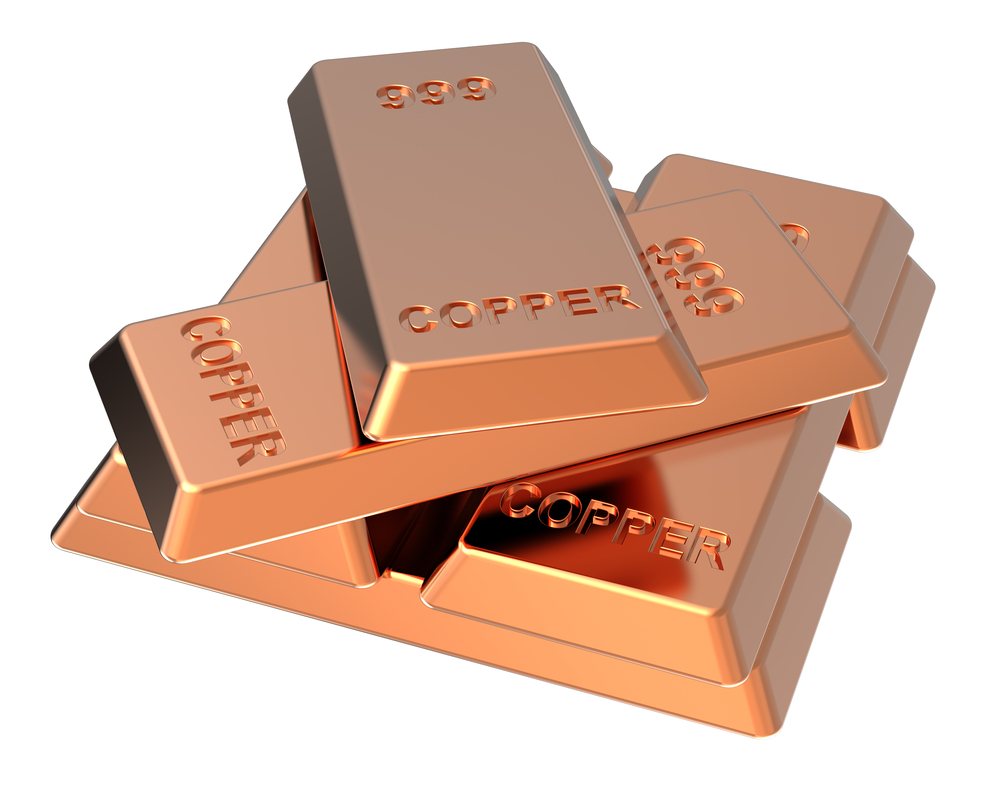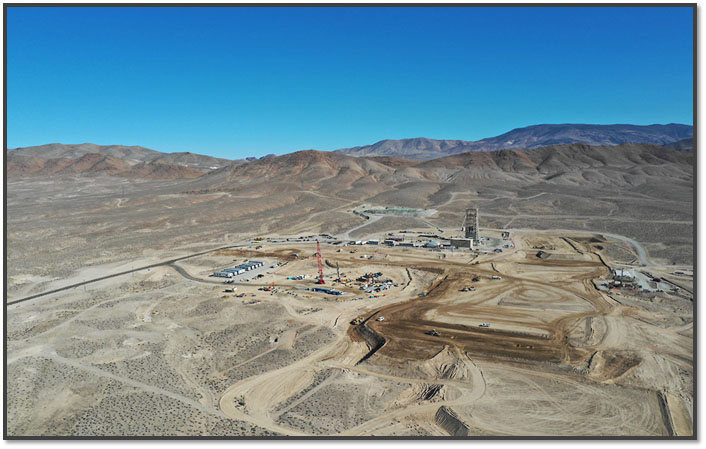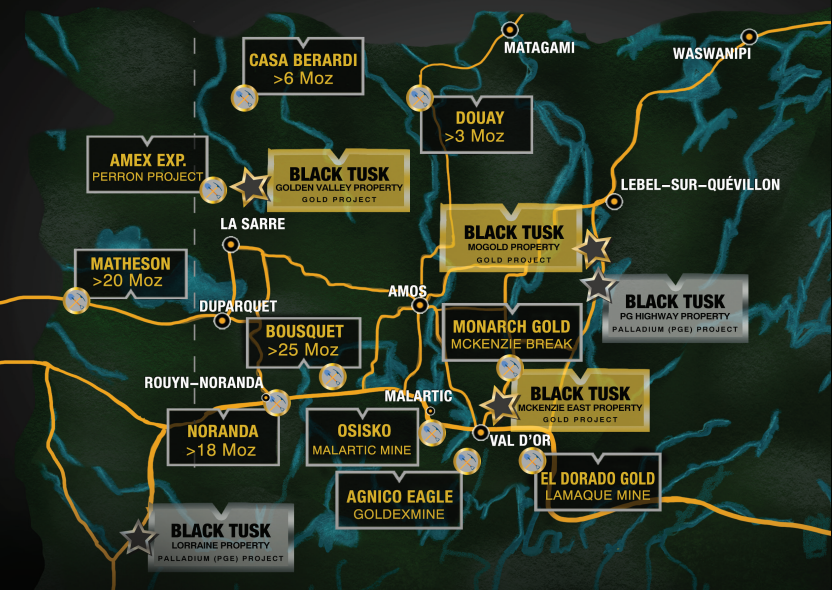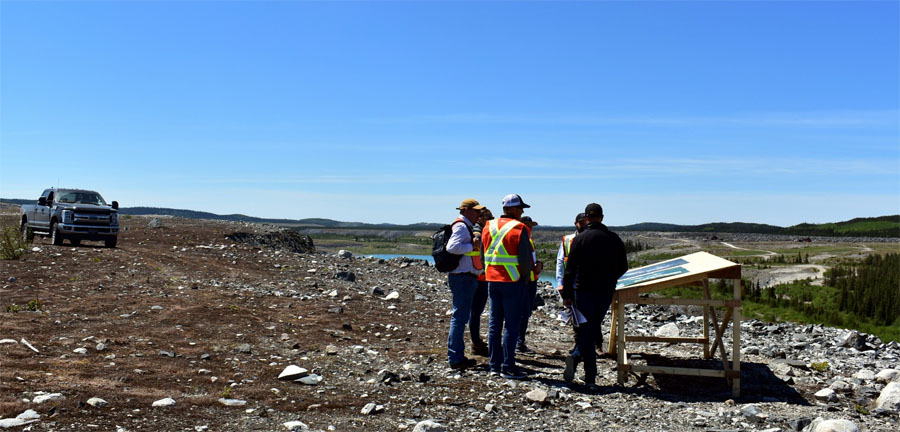The Mining Report: It is now known that China's State Reserve Bureau intends to begin stockpiling medium-to-heavy rare earth elements (REEs), and that China will also strengthen REE export quotas. Will these actions lead to a race to get non-Chinese REE projects into production?
Tom Hayes: It will. One shouldn't view the general tightening of heavy rare earth elements (HREE) export quotas in isolation, however. It's more relevant to look at actual demand for particular REEs. About 30Ė40% of Chinese supply is subject to an export quota, but Western demand does not currently meet the amount of REEs approved for export. Reduced export quotas will probably result in Western demand meeting Chinese supply. This, along with China's reform of its REE industry, will probably aid rare earth prices in the long run.
"Alkane Resources Ltd. is well positioned for the recovery."
TMR: What is the nature of this reform?
TH: China's central government aims to exert control. Lack of central control has resulted in large, illegal REE operations, which have had a widespread negative effect on the environment.
TMR: Does the scale of these illegal operations suggest some level of political support?
TH: This support is likely local and not national. It is local corruption that has allowed illegal mining of REEs to expand to its present level.
TMR: What's your forecast for REE demand for the rest of the decade? And how will changes in demand and supply affect prices?
TH: Edison doesn't have specific growth forecasts for REEs, but the industry consensus is annual growth anywhere from 3Ė8% until 2020. What will that mean for the supply and demand of particular REEs? This is an industry that is plagued by misnomers. When REEs were first in the limelight in 2011, when the bubble was forming, there was a complete lack of understanding of what "rare earths" meant.
"Namibia Rare Earths Inc. is one of my favorites because of the actual strength of its resource."
Since then, people have begun to understand the difference between light rare earth oxides (LREOs) and heavy rare earth oxides (HREOs). The industry has now become an even more granular and complex story about the actual supply and demand drivers with regard to particular REEs. When we talk about REE demand growth, we must consider specific minerals among the 16 REEs. To comment on where REE prices are going is not particularly useful.
TMR: What is it about the heavy and strategic REEs that make them particularly valuable?
TH: It's really their use in particular applications such as green technologies. Wind turbines are a case in point. Political support for renewable energy sources drives further development of wind farms and, by extension, boosts actual demand for the metals used in those applications.
TMR: If the average initial capital expenditure (capex) of an REE project is $700 million ($700M), how much of that is the optimum amount companies should have to raise themselves, outside of offtakes and other deals?
TH: There's a burgeoning strategy behind financing these projects, considering that the equity markets are pretty much dry. Companies are looking for funding from governments, from offtake loans and from strategic partnership loans. From the figures that I've seen, REE projects might expect to get one-quarter to one-third of capex from government agencies and export quota agencies, and maybe another one-quarter to one-half through strategic partner loan agreements.
This still leaves a considerable shortage, and this is a real challenge for REE projects. It could mean they will remain unfunded until the equity markets pick up and/or investor interest in mining picks up.
TMR: Can you name a REE project that has recently cut initial capex significantly?
TH: Avalon Rare Metals Inc. (AVL:TSX; AVL:NYSE; AVARF:OTCQX), which has the Nechalacho project in Canada's Northwest Territories, recently announced a 10-year partnership with the Belgian company Solvay SA (EBR:SOLB). Avalon had planned previously to build a $400M refinery in Louisiana.
TMR: With this agreement, what is Avalon's path to market?
TH: Nechalacho's underground mine will produce one HREE rich precipitate for refining by Solvay. Avalon will be suppressing concentration of cerium and lanthanum at the hydromet plant and the plan is that the precipitate shipped to Solvay will contain little Ce and La. Avalon will not sell the precipitate to Solvay; it will retain ownership of the final refined produts, for which Solvay could potentially also be a buyer.
TMR: Is Avalon's April 2013 Nechalacho feasibility study (FS) now totally superseded?
TH: I'd say it's been optimized. With a significant portion of the $1.58 billion ($1.58B) projected capex now removed, the Nechalacho project is now much more viable.
TMR: Given your extensive mining experience in Australia, which REE projects there are most prospective?
TH: I cover a company called Alkane Resources Ltd. (ANLKY:OTCQX; ALK:ASX), which holds an interesting asset in New South Wales, the Dubbo Zirconia project. This is predominantly a zirconia project with coproduction of niobium and rare earths. The important heavy rare earths make up 25% of the output. Alkane is persistent and has chosen to take a slow-and-steady approach to Dubbo and has been investigating the project since 1999, long before the rare earth "boom." It holds a number of prospective projects within a tight geographic area that has already allowed the company to divest a 49% share in its McPhillamys gold resource, which netted Alkane about A$75M. Bringing the Tomingley Gold project into production this year is providing cash flow for its project development pipeline and bolstered the company's infrastructure, as well as its ties with its banking partners, Credit Suisse and Sumitomo Mitsui Bank.
Dubbo's revised definitive feasibility study (DFS) was published in April 2013. It has a mine life of 70+ years, a net present value of A$1.15B, an internal rate of return of 19.3% and an initial capex of A$931M. Construction should begin by the end of 2014, with production scheduled for 2016. Dubbo will produce about 1,300 tonnes of HREEs annually. This is quite an interesting opportunity because the company is cash flow generative, and it has the potential to yield further gold and base metals discoveries, which it may be able to divest.
TMR: Do you see Alkane's gold hedge of A$1,444/oz (A$1,444/oz) with Credit Suisse as clearing the decks in order to concentrate on Dubbo?
TH: That gold hedge applies to 24,000 oz of production, which will underpin the Tomingley revenue over the next 6 to 12 months. That will provide some comfort in terms of cash flow in the current gold price environment and should lead to its banking partners defining a funding strategy for Dubbo. The capex for Dubbo should be met with a mix of international credit agency and bank funding, offtake partnerships and strategic partner investment. The actual project itself sits within a separate entity called Australia Zirconia Ltd., which enables some flexibility with the funding structure.
When you take into account a producing gold mine, cash flow, the ongoing exploration around Dubbo, and the company's continuing improvements in REE recoveries, I would say that Alkane has the means to ride out the current mining downtrend and be well positioned for the recovery. Alkane is one of my favorites because of its current position and financial health.
TMR: What's the most interesting American REE project?
TH: There is a particularly interesting one from the point of view of its mineralogy: Texas Rare Earth Resources Corp.'s (TRER:OTCQX) HREO Round Top project in Texas. It's completely different from other REE projects, in that the geology is rhyolitic.
TMR: What is the significance of that?
TH: It could lead to a much lower capital intensity. In fact, the very preliminary project work suggests that it could be developed as a heap-leach project, whereby acid is used to drain off the REEs for further refinement. That would be quite a significant alternative to the traditional REE model, whereby large amounts of money are needed to crack and refine these REE metals.
TMR: How advanced is Round Top?
TH: It is still in the early stages of metallurgical and mineralogical investigations and drilling.
TMR: What other American projects to you want to discuss?
TH: Rare Element Resources Ltd.'s (RES:TSX; REE:NYSE.MKT) Bear Lodge project in Wyoming is another interesting one. The company is working toward a DFS this year. Like Texas Rare Earths, Rare Element has proprietary technology that might allow it to reduce its capital requirements. However, it will take a little bit more work to firm up its ability to create concentrates at an economically viable level.
TMR: What's happening in Greenland?
TH: Greenland Minerals & Energy Ltd.'s (GGG:ASX) Kvanefjeld project in Greenland is a more traditional REE project. Unlike Nechalacho in Canada and Dubbo in Australia, Kvanefjeld is more likely to be affected by environmental considerations.
TMR: Greenland has been described as the planet's last frontier for metals.
TH: It could also be considered one of the last frontiers for conservation. Greenland has a political situation that could be quite tricky for the development of a mining industry.
TMR: Unlike Greenland, South Africa has been a mining leader for 150 years. Is there a REE project that stands out there?
TH: Frontier Rare Earths Ltd.'s (FRO:TSX) Zandkopsdrift project is a particularly good project because Korea Resources Corp. has had a strategic partnership with Frontier since 2011. This has allowed Frontier to be fully funded through to a DFS. Zandkopsdrift is certainly viable and has quite an amenable geology quite well understood in terms of REE processing.
TMR: Frontier has a preliminary feasibility study scheduled for this year. How far advanced is Zandkopsdrift?
TH: It's fairly well advanced, but it will be the DFS that will allow us to venture an opinion as to whether it will move into the construction phase.
TMR: Staying in Africa, what's happening in Namibia?
TH: Namibia Rare Earths Inc.'s (NRE:TSX, NMREF:OTCQX) Lofdal project is an early-stage project, but its actual value based on current metal prices is pretty good. The strategic and HREO fractions of that resource are particularly strong and high in content. Again, however, the question is how the company seeks to develop it, and whether it takes on a strategic partner.
TMR: Lofdal's current resource is only about 10,000 metric tons of total rare earth oxides (TREOs) in situ. But it's 80% heavies and 70% criticals. What do you think of the idea of a "boutique" REE project, small but powerful?
TH: That's really the point I'm getting at. The actual potential for a resource to be mined and shipped to a third-party concentrate refining company is really where the strength of any project lies. You're right, Lofdal is not a particularly large resource in tonnage, but its value, considering its high concentration of heavy and strategic REEs suggests quite an interesting business model, whereby very little refinement would be done onsite.
TMR: Of all the companies we've talked about, which are your favorites?
TH: In terms of the actual strength of its resource, I like Namibia. In terms of its current position and financial health, I like Alkane. In terms of its potential to develop a North American heavy REE dominant resource, I like Avalon.
TMR: Tom, thank you for your time and your insights.
Tom Hayes has been a mining analyst at Edison Investment Research in London since 2010. He worked previously for the consulting firm Mouchel and has been a lead production geologist and resource definition geologist for mines in Australia and Saudi Arabia. He holds a Bachelor of Science from the University of Plymouth and a Master of Science in mining geology from the Camborne School of Mines.
Read what other experts are saying about:
Want to read more Mining Report interviews like this? Sign up for our free e-newsletter, and you'll learn when new articles have been published. To see recent interviews with industry analysts and commentators, visit our Streetwise Interviews page.
DISCLOSURE:
1) Kevin Michael Grace conducted this interview for Streetwise Reports LLC, publisher of The Gold Report, The Energy Report, The Life Sciences Report and The Mining Report, and provides services to Streetwise Reports as an independent contractor. He owns, or his family owns, shares of the following companies mentioned in this interview: None.
2) The following companies mentioned in the interview are sponsors of Streetwise Reports: Namibia Rare Earths Inc. and Alkane Resources Ltd. Streetwise Reports does not accept stock in exchange for its services.
3) Tom Hayes: I own, or my family owns, shares of the following companies mentioned in this interview: None. I have been paid by Alkane Resources Ltd., Avalon Rare Metals Inc. and Rare Element Resources Ltd. for services rendered. Edison Investment Research's disclosures are available here. I was not paid by Streetwise Reports for participating in this interview. Comments and opinions expressed are my own comments and opinions. I had the opportunity to review the interview for accuracy as of the date of the interview and am responsible for the content of the interview.
4) Interviews are edited for clarity. Streetwise Reports does not make editorial comments or change experts' statements without their consent.
5) The interview does not constitute investment advice. Each reader is encouraged to consult with his or her individual financial professional and any action a reader takes as a result of information presented here is his or her own responsibility. By opening this page, each reader accepts and agrees to Streetwise Reports' terms of use and full legal disclaimer.
6) From time to time, Streetwise Reports LLC and its directors, officers, employees or members of their families, as well as persons interviewed for articles and interviews on the site, may have a long or short position in securities mentioned. Directors, officers, employees or members of their families are prohibited from making purchases and/or sales of those securities in the open market or otherwise during the up-to-four-week interval from the time of the interview until after it publishes.




























































